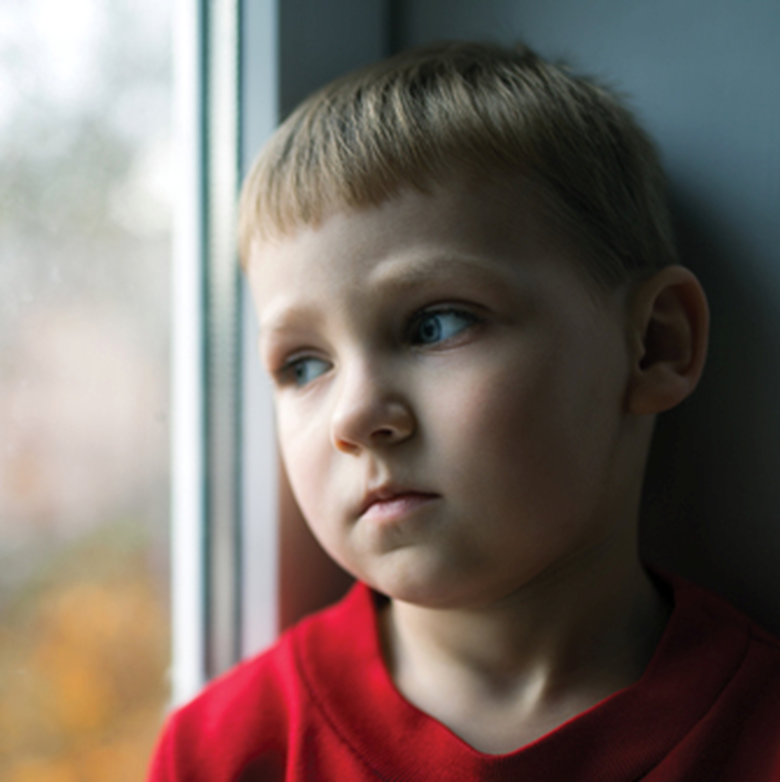Increase in number of children on protection plans
Neil Puffett
Thursday, November 2, 2017
The number of children placed on protection plans is continuing to rise, government figures show.

Statistics published by the Department for Education show that as of 31 March this year there were 51,080 children on child protection plans, an increase of 770, or 1.5 per cent, on the 50,310 recorded in 2016.
The figure is now 30.64 per cent higher than in March 2010 - when it stood at 39,100.
The number of referrals to children's services, defined as a request for services to be provided by children's social care and is in respect of a child who is not currently in need, also rose.
In 2016/17 there were 646,120 referrals, a 3.97 per cent increase on the 2015/16 figure of 621,470. It represents the second highest figure this decade, behind the 657,790 referrals recorded in 2014.
However, the number of children deemed to be "in need", which includes disabled children, and those deemed unlikely to achieve a reasonable standard of health or development without the provision of appropriate services, has fallen.
As of March 2016 there were 394,400 children in need, but over the course of the year this fell to 389,430 in 2017, a decrease 4,970, or 1.3 per cent.
Last month the Association of Directors of Children's Services called for a review of Section 17 of the Children Act 1989, which sets out local authorities' responsibilities to safeguard and promote the welfare of children in their area classed as "in need".
The DfE statistics also show that the percentage of referrals in the year ending 31 March that resulted in no further action after initial consideration has increased, from 9.9 per cent in 2016 to 10.2 per cent in 2017, an increase of 0.3 percentage points.
The percentage of referrals in the year ending 31 March that were assessed and then required no further action also increased, from 25.4 per cent in 2016 to 27.8 per cent in 2017, an increase of 2.4 percentage points.
Ray Jones, emeritus professor of social work at Kingston University and St George's, University of London, said the figures highlight a "crisis" in social care.
"With child protection workloads in England now at a record high, but with fewer families overall getting help from local councils, the impact of cuts in government funding for local government is creating a crisis which threatens the welfare and safety of children."
"It should not be a surprise that it has become more difficult, in some areas very difficult, to recruit and retain social workers who are overloaded doing the demanding and often distressing work of engaging with families in increasing poverty because of severe social security cuts and who are struggling to care well for their children."




